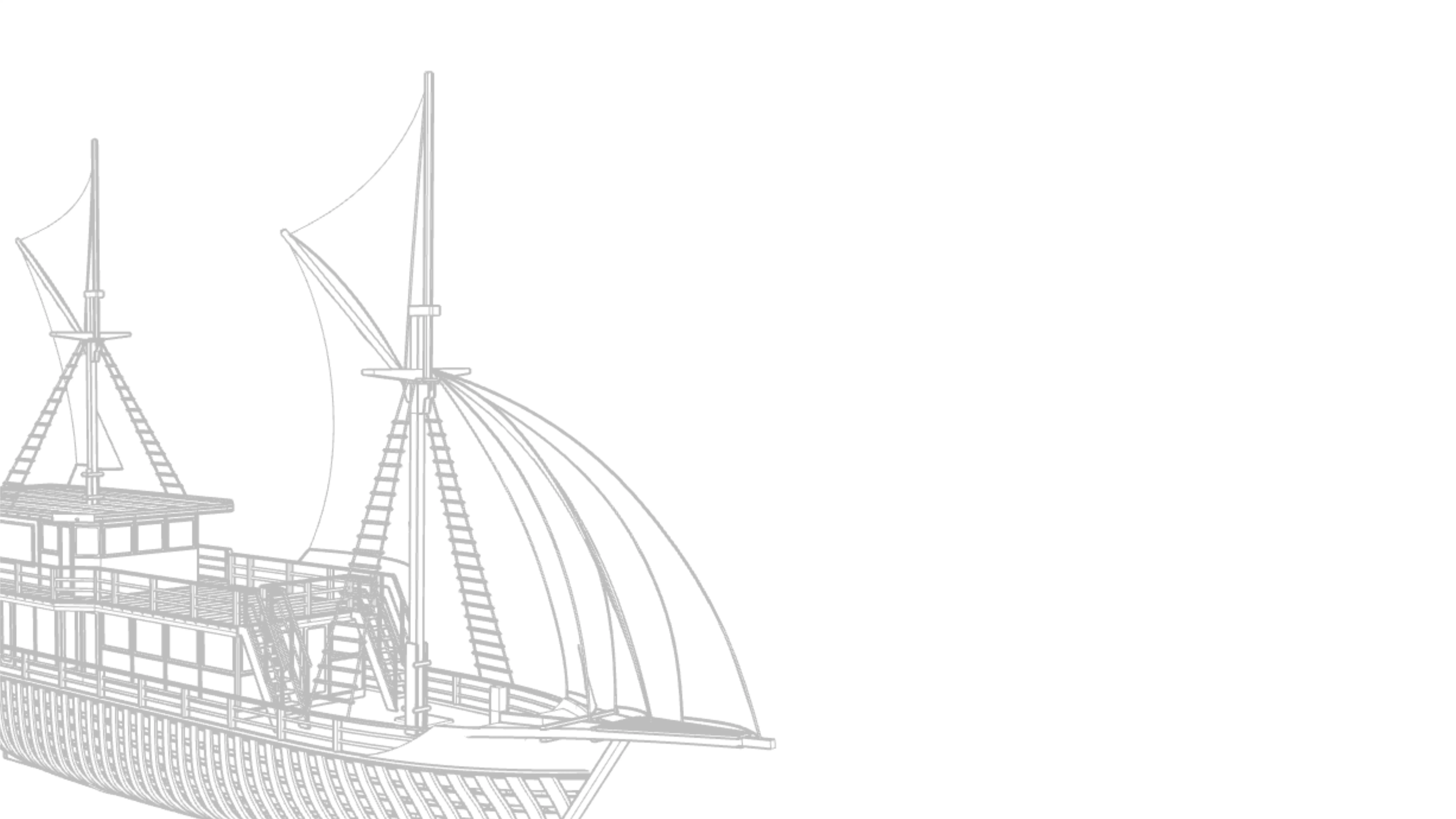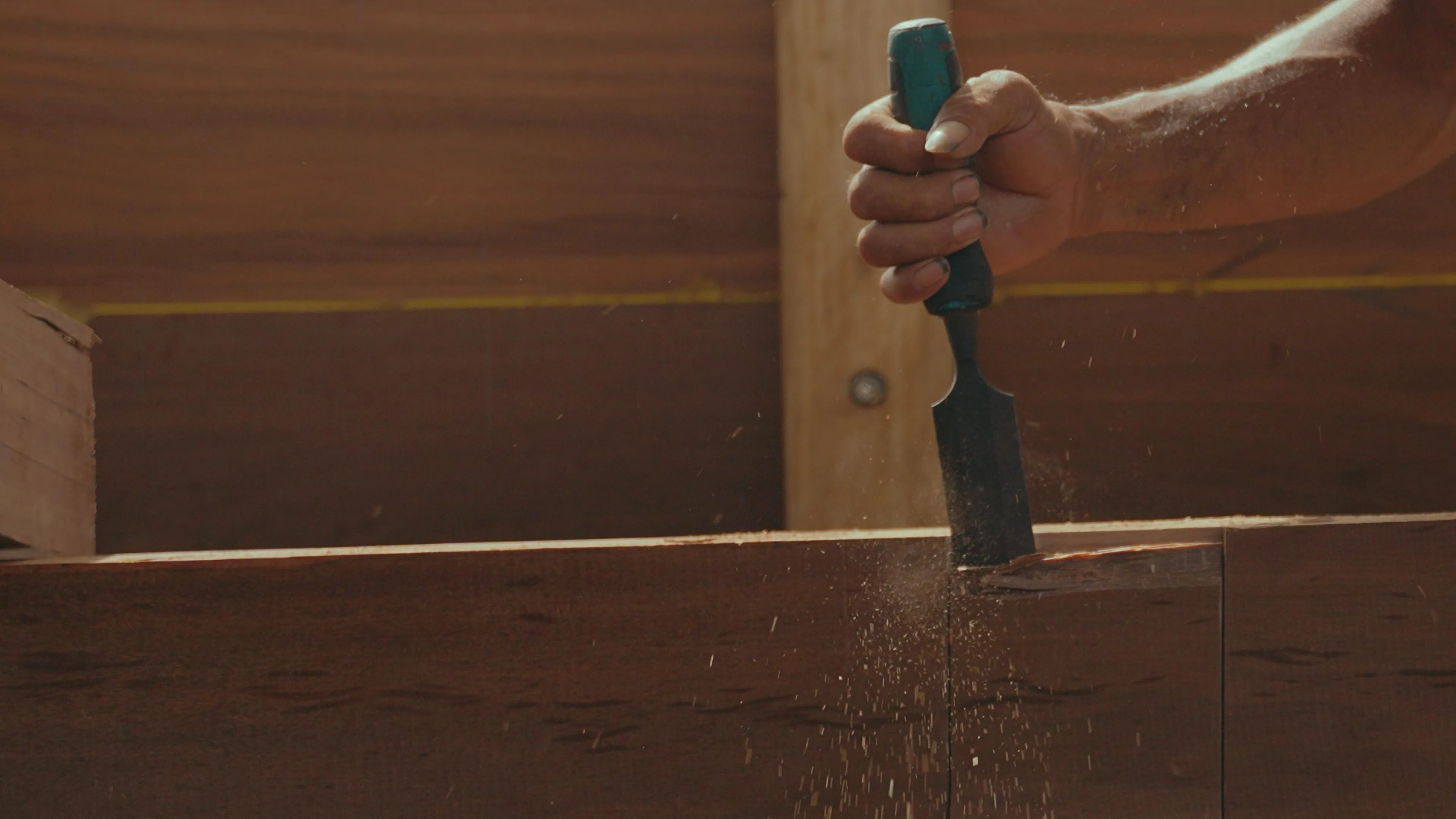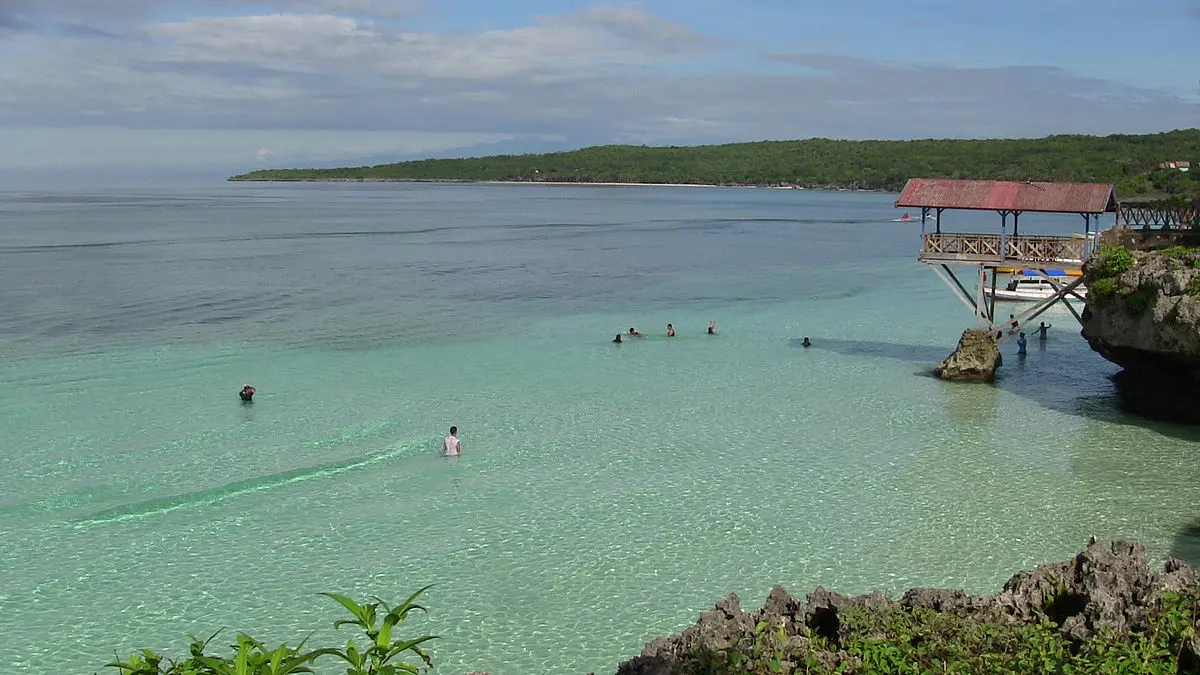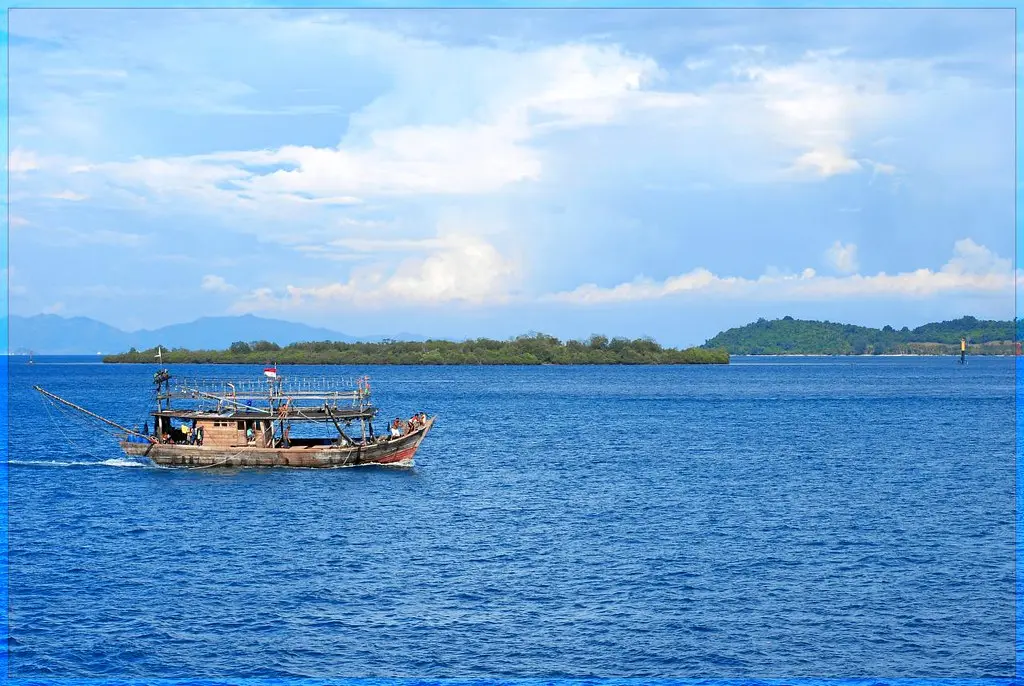Why Every Voyager Should Visit a Traditional Shipyard in Indonesia
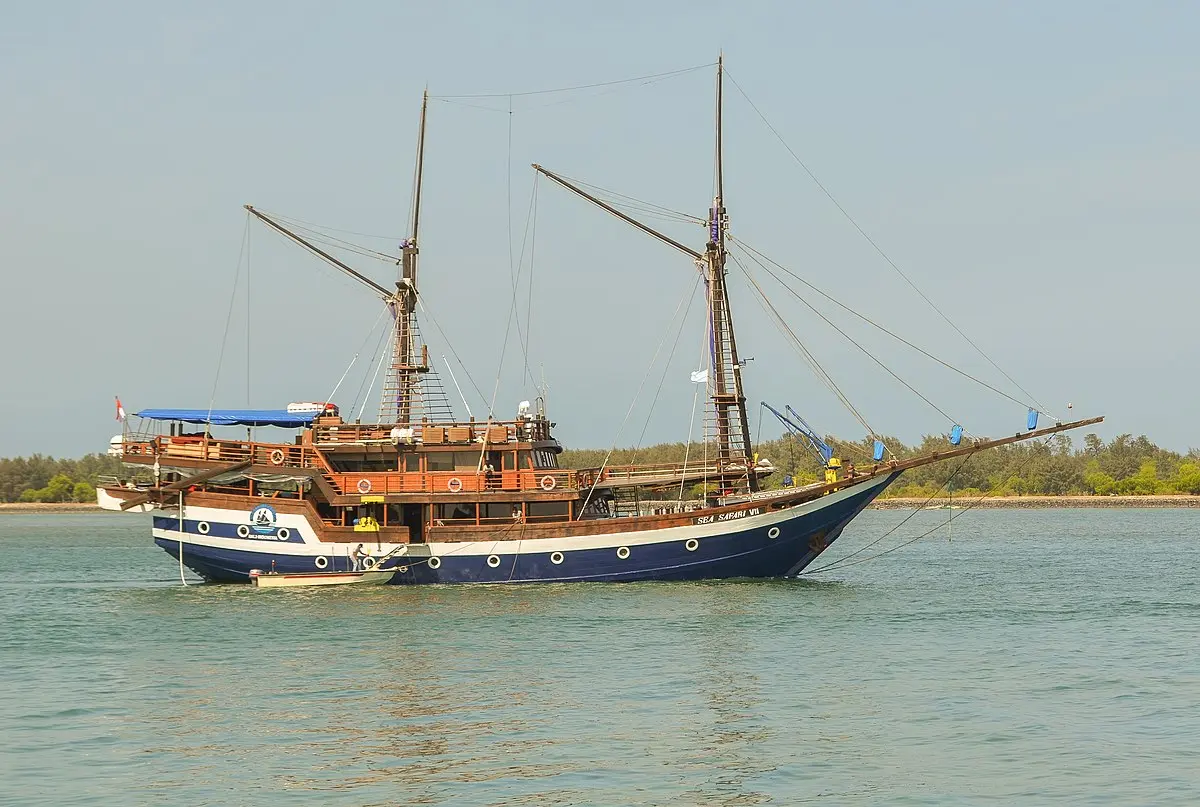
Looking for a meaningful journey? A visit to a traditional shipyard in Indonesia offers a rare chance to witness Phinisi boatbuilding, meet legendary artisans, and experience a living maritime heritage that continues to shape Indonesia’s soul.
Indonesia’s traditional shipyard Indonesia offer more than just a look at boatbuilding—they reveal a living legacy of craftsmanship, culture, and sustainability. For Voyagers seeking meaning beyond luxury, a visit to South Sulawesi’s humble shipyards opens the door to Indonesia’s rich maritime soul. Let’s explore why this journey could be your most meaningful yet.
Read Also: Indonesia Maritime History Timeline: From Ancient Trade to Global Influence
What Is a Traditional Shipyard in Indonesia?
A traditional shipyard in Indonesia is more than just a site for building boats; it is a living testament to centuries of wisdom passed down through generations. In Bulukumba, South Sulawesi, these shipyards are the heart of the Panrita Lopi tradition, where skilled artisans craft Indonesia's iconic wooden vessels by hand.
At the center of this tradition is the Phinisi—a majestic two-masted sailing ship that has become a symbol of Indonesia's maritime heritage. Recognized by UNESCO as an intangible cultural heritage, the Phinisi is not just admired for its beauty, but revered for its cultural significance and the spiritual rituals that accompany its construction.
Why It’s a Must-Visit for Voyagers
For those who define travel as a quest for meaning, the experience of visiting a traditional shipyard is unparalleled. It is where authenticity and artistry thrive side by side.
1. Witness Generational Craftsmanship
When you walk into a traditional shipyard, you are stepping into a world guided not by blueprints, but by memory, instinct, and skill. Here, generational craftsmanship is on full display—from carving wooden hulls to joining pieces using age-old techniques.
One of the most revered artisans you might encounter is Daeng Rima, a master boatbuilder whose name is synonymous with excellence. His hands, shaped by decades of dedication, bring the stories of the sea to life in every curve of the wood.
2. Understand Sustainable Boatbuilding
In contrast to modern shipyards filled with machinery, traditional shipbuilding in Indonesia is deeply eco-conscious. Builders use sustainable local woods like ironwood and bitti, and much of the work is done manually, greatly reducing the carbon footprint.
Riara Marine, a leading name in this space, champions both tradition and sustainability. They ensure that every vessel built not only preserves heritage but also aligns with today’s environmental values—making each boat a true vessel of change.
3. Immerse in Maritime Heritage
A Phinisi is more than a boat. It is a bearer of history, identity, and spirituality. Each vessel is named with intention, blessed through sacred rituals, and built with symbols representing protection, strength, and prosperity.
Voyagers who visit these shipyards gain deep insight into the maritime heritage of Indonesia, learning how the sea has shaped communities, livelihoods, and beliefs for centuries.
4. Support a Living Tradition
By visiting traditional shipyards, voyagers actively support a tradition that is under threat from modernization. Your presence contributes to local economies, sustains apprenticeships, and shows the next generation that these skills matter.
Responsible tourism in these communities means becoming part of a cultural dialogue, not just an observer. And through Riara Marine's initiatives, visitors are welcomed into this story with open arms.
Read Also: 5 Traditional Boats in Indonesia That Showcase Maritime Heritage
Riara Marine: A Gateway to the Traditional Shipyard Experience
As a builder, restorer, and cultural steward, Riara Marine offers visitors a unique behind-the-scenes tour into the world of traditional shipbuilding. Their workshop tour in Bulukumba opens doors to:
- Live boat construction sites
- Interactions with legendary artisans
- Insightful narratives on the philosophy behind each vessel
Whether you’re a sailing enthusiast, a cultural traveler, or a luxury voyager seeking substance, Riara Marine makes the shipyard experience both personal and profound.
What to Know Before You Visit
A visit to Bulukumba’s traditional shipyards is not just a sightseeing trip—it’s an immersive cultural experience that combines history, craftsmanship, and community spirit. To make the most of your journey, here are some important tips and practical advice:
1. Best Time to Visit
The dry season, from April to October, is ideal for visiting Bulukumba. During this period, the weather is more predictable with less rain, providing clearer skies and safer conditions to explore outdoor workshops. Boatbuilding activity is often at its peak, so Voyagers will have the best chance to witness artisans at work without interruption.
2. Scheduling a Tour
Riara Marine offers both private and group tours designed to give visitors a behind-the-scenes look at the shipbuilding process. It’s highly recommended to book your tour in advance through the Riara Marine website or by contacting their team directly. Personalized arrangements can often be made to tailor the visit according to your interests and schedule. Early booking helps ensure availability, especially during peak travel seasons.
Travel Tips for Voyagers
To help you make the most of your visit while honoring the craft and community, here are some essential travel tips to guide your journey.
1. Dress Modestly and Comfortably
Lightweight, breathable fabrics are recommended to cope with the tropical climate, and comfortable walking shoes are a must. Avoid wearing overly flashy or revealing clothing to show respect for the community and adapt practically to the work environment. Hats and sun protection are also advised, as much of the shipyard activities occur in open spaces exposed to the sun.
2. Photography Etiquette
Photography can capture the beauty of the shipbuilding process, but always ask for permission before taking photos, especially of the artisans and their detailed work. This respect helps build positive connections and acknowledges the privacy and dignity of the craftsmen. Some workshops may have specific areas where photography is restricted to protect intellectual property or safety.
3. Language and Communication
Learning a few basic phrases in Bahasa Indonesia such as terima kasih (thank you), permisi (excuse me), or boleh foto? (may I take a photo?) enriches the visitor experience and conveys cultural respect. Locals warmly appreciate these efforts, which can help foster friendly exchanges and deeper understanding.
4. Openly
The shipbuilders of Bulukumba are passionate storytellers who generously share their knowledge and life experiences. Visitors are encouraged to be curious and engage openly with the artisans. Asking thoughtful questions about boatbuilding techniques, cultural traditions, or daily life not only shows genuine interest but often results in personal anecdotes and insights.
5. Respect the Workspace
Visitors should follow all safety guidelines strictly, stay within designated visitor areas, and avoid disrupting the craftsmen while they work. This includes refraining from touching tools or materials without permission and moving carefully to avoid accidents.
Additional Practical Information
1. Local customs
Bulukumba’s community is deeply rooted in tradition. Showing cultural sensitivity during your visit will create a more meaningful and respectful experience for both you and the locals.
2. Transportation
Bulukumba is accessible by road from Makassar, the capital of South Sulawesi. It’s advisable to arrange transport ahead of time, whether by private car, taxi, or through your tour operator.
3. Facilities
While the workshops may have limited visitor facilities, Riara Marine ensures tours are well-organized and visitor-friendly. Bringing water, sun protection, and a small notebook for jotting down impressions or questions can be helpful.
With these tips in mind, your visit to the traditional shipyard will be not only educational but also respectful and enriching—a true voyage into Indonesia’s maritime heritage.
A traditional shipyard in Indonesia isn’t just a place where boats are built—it’s where stories are carved, legacies are sustained, and identities are shaped. For Voyagers seeking authenticity, history, and human connection, it is a journey worth taking.
Read Also: The Timeless Elegance of the Indonesian Phinisi: Where Heritage Meets Luxury
Start Your Journey with Riara Marine
Ready to witness the artistry of Phinisi craftsmanship up close? Book your Riara Marine Workshop Tour today and take the first step into the world of traditional shipbuilding that continues to shape Indonesia’s oceans—and its soul.
